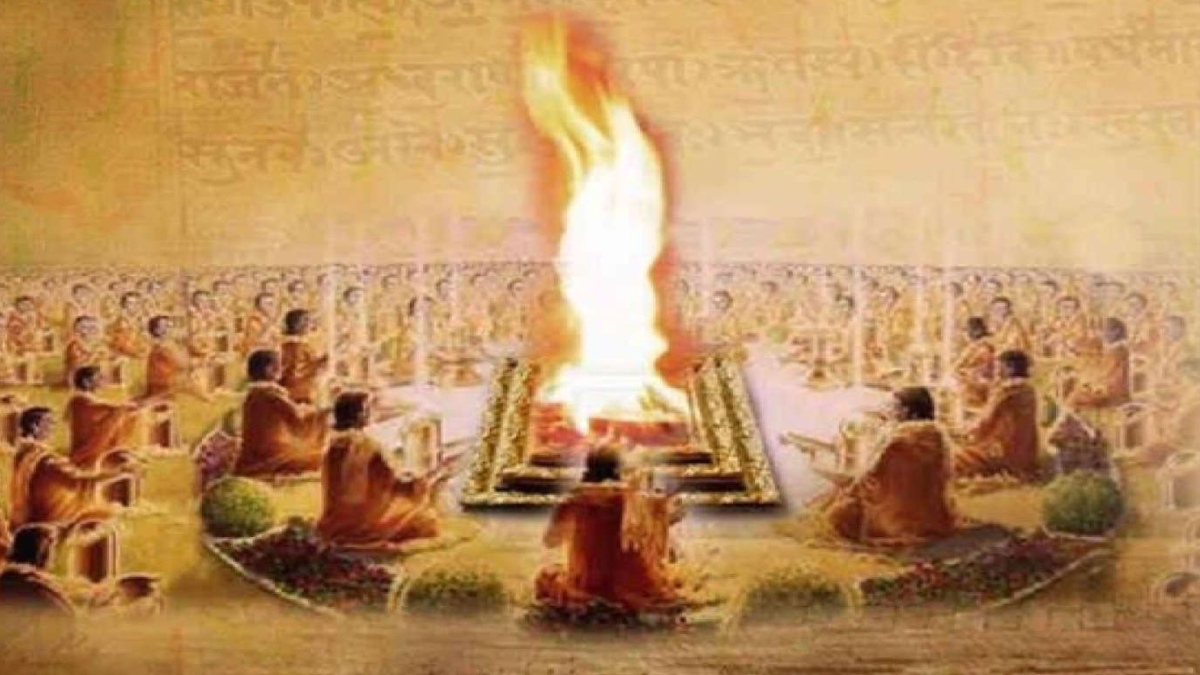


Yagya is a symbol of sacrifice in religious and ritualistic form. The burnt substances used in the Yagya represent a very good example of the then chemical consciousness. Even today, chemical research is being done on the elements which should be accepted in the form of Havya. The purpose of Havan is not only fire or combustion, but combustion is done in such a way that the environment is not polluted, but it is getting pure. Instructions for the use of Bamboo wood are not found? Is there a religious reason or scientific reason behind this? We often use different types of wood to burn for auspicious (like havan or worship) and inauspicious (cremation) deeds, but bamboo is not used. It is not used anywhere. According to Indian culture, tradition, and religious importance, it is forbidden to burn bamboo wood in our scriptures. We use bamboo wood to carry the dead body but do not burn it at the funeral. According to Hindu religion, burning bamboo causes Pitra Dosh. Is there any scientific reason for this? In bamboo, Lead (Pb), a heavy element, is found in abundance. Lead when burned produces lead oxide (PbO) which is a dangerous neurotoxic. But the bamboo wood which is forbidden in the scriptures to be burnt even in the pyre, we burn that bamboo wood in incense sticks every day. A specific chemical called phethalate is used to spread the aroma produced by the burning of incense sticks. It is a methyl ester of phthalic acid and salicylic acid. It enters the body via respiration. Thus the so-called aroma of incense sticks also transmits neurotoxic and hepatotoxic to the body with inhalation. The mere presence of lesions can lead to cancer or brain trauma. A small amount of hepatotoxic is enough to destroy the liver. No mention of chemical incense sticks is found anywhere in the scriptures, only incense, lamp, and naivedya are described at every place. A scientist named Trelle of France researched about the Havan (the Havan is mainly done on mango wood). When mango wood is burnt, a gas called formic aldehyde (H-CHO) is produced which kills dangerous viruses and bacteria and purifies the environment. This gas is produced even when jaggery is burnt.
A scientist named Tautik, in his research on Havan, found that if one sits in the havan for half an hour or the contact of the body with the smoke of the havan, the bacteria causing dangerous diseases like typhoid are also eliminated and the body becomes pure.
Seeing the importance of Havan, scientists of National Institute of Botanical Research, Lucknow also did a research on whether Havan actually purifies the environment. They found that it destroys viruses after collecting the Havan material mentioned in the texts. Then they also researched about different types of smoke and saw that by burning just 1 kg of mango wood, the virus present in the air did not reduce much, but as soon as half a kilo of Havya material was put on it, it was present in the room within an hour. The bacterial level was reduced by 94%. In addition, they further tested the bacteria present in the room’s air and found that 24 hours after the room door was opened and all the smoke was gone, the level of bacteria was 96 percent below normal. After repeated testing, it was found that the effect of this one-time smoke lasted for a month and the virus level in the air of that room was much lower than normal even after 30 days.
This report has also been published in the Research Journal of Ethnopharmacology in December 2007.
It was written in the report that the Havan destroys the bacteria that harm the plants and crops along with humans. The most important fact is noteworthy here is that the formaldehyde obtained from the rituals of Yagya is also used in the treatment of influenza. Given the side effects of spraying mass alcohol sanitizer, the law of morning and evening yajna can prove to be a good option without any side effects for the purification of the environment.